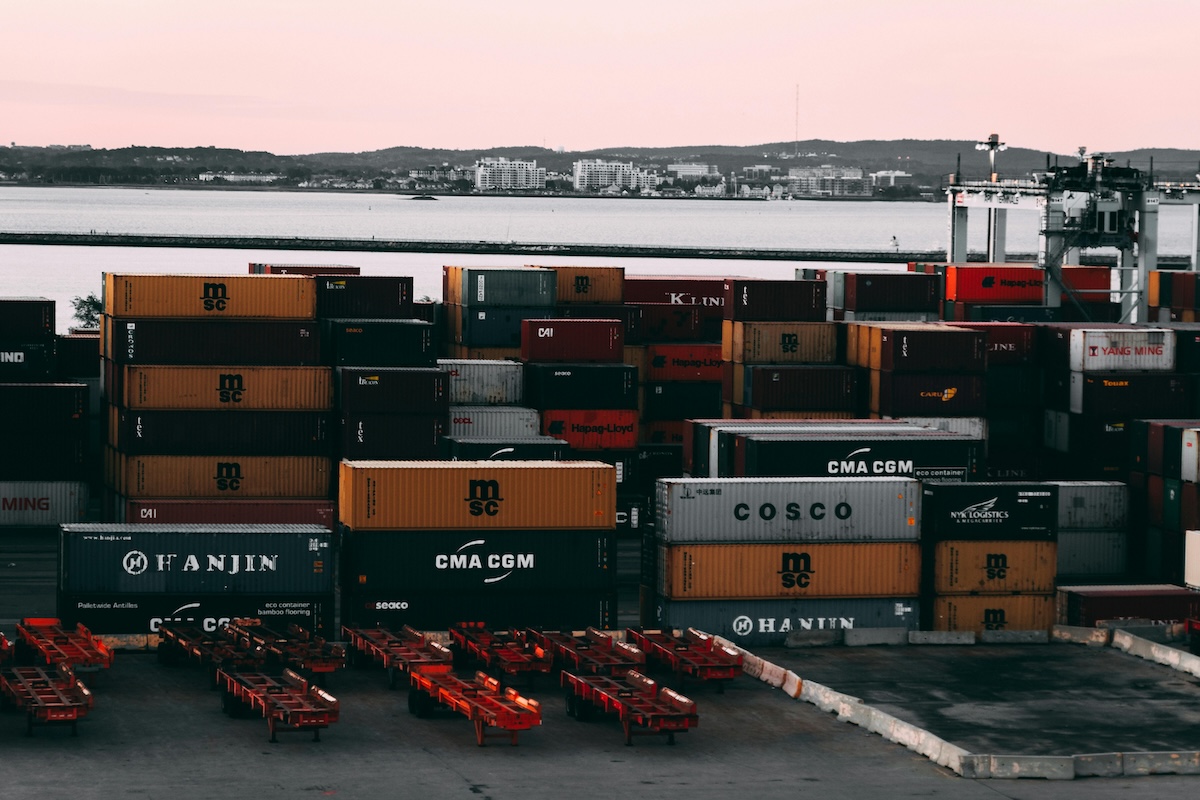How much will my Classification Project cost?

Article Summary
A classification project involves determining the export control classification of items to ensure compliance with regulations like the EAR.
Key factors include: Number of Items - The length of the list is less significant than other factors. Complexity of Items - Simple items like screws are faster to classify than complex equipment like gyroscopes. Similarity of Items - Similar items streamline the process. Availability of Information - Detailed, upfront information reduces time and cost.
The availability of detailed technical data minimizes time spent on research, saving both time and money.
90%: Items are straightforward to classify. 7%: Require additional research. 3%: Are elusive and require extensive effort to classify.
Businesses can consult with experts to discuss the four key factors and receive a tailored estimate.
We often get this question from prospective clients, even before we know anything about the items on their list. This is like taking your car to a mechanic and asking, “How much to fix my car?” Since he doesn’t yet know what’s wrong, the mechanic can’t know how long it will take to fix.
The same holds true with a commodity classification project. Each one is different; we need to know some important details before we can estimate the time requirement and cost. In our experience, our determination depends on the following four factors:
Number of Items
- People think the length of the list is the most important factor but, in reality, it’s the least significant. You’ll understand why after you read the other three factors.
Complexity of Items
- Does your list mostly contain innocuous items like nuts, bolts, screws, and washers? If so, we’ll be done in no time. Or do you have complex equipment like accelerometers and gyroscopes? Logically, these components take longer because their control parameters are more nuanced.
Similarity of Items
- Are all the items on your list accelerometers? Although the item is complex, there is only one category to work with, so we’re able to focus on the subtle technical variances and process the information efficiently.
Availability of Information
- This is the most critical factor. Our efficiency depends heavily on the availability and quality of the information provided. If we receive detailed information up front, then we don’t need to spend time calling OEMs, conducting internet searches, sending email queries or contacting the regulatory agency. It saves us time and you money.
After twenty years completing large scale classification projects, we have determined that most of them follow the “90-7-3 Rule”—that is, 90% are relatively evident to our experienced engineers and they can make swift classification determinations based on the provided descriptions and specs. Typically, 7% are more “challenging” so we have to spend a few minutes on the internet to track down specific technical parameters. Finally, we are left with the “elusive” 3% for which there’s just not enough information readily available (see Factor #4), so we’re performing multiple internet searches, making phone calls, and sending emails—all time-consuming.
If you’re wondering about the cost of your classification project, call us today. We’ll talk through these Four Factors and put together an estimate at no cost or obligation.
Our next post will focus on the pros and cons of performing a classification project of your entire inventory, as opposed to an “as-needed” or “flow-through” basis.
Key Points
What is a classification project, and why is it important?
A classification project involves determining the export control classification of items to:
- Ensure Compliance: Adhere to regulations like the Export Administration Regulations (EAR).
- Avoid Penalties: Misclassification can lead to fines, shipment delays, or loss of export privileges.
- Streamline Trade: Proper classification ensures smooth export operations.
What factors influence the cost of a classification project?
The cost of a classification project depends on four key factors:
Number of Items:
- While many assume the list length is the most important factor, it’s actually the least significant.
- Other factors, like complexity and information availability, have a greater impact.
Complexity of Items:
- Simple items (e.g., screws, bolts) are faster to classify.
- Complex items (e.g., accelerometers, gyroscopes) require more time due to nuanced control parameters.
Similarity of Items:
- Lists with similar items (e.g., all accelerometers) streamline the process.
- Focusing on subtle technical variances within a single category is more efficient.
Availability of Information:
- The most critical factor.
- Detailed, upfront information (e.g., technical specs, OEM data) reduces time spent on research.
- Lack of information leads to time-consuming tasks like internet searches, OEM inquiries, and regulatory consultations.
What is the "90-7-3 Rule" in classification projects?
The "90-7-3 Rule" reflects the typical distribution of effort in classification projects:
- 90%: Items are straightforward to classify based on provided descriptions and specs.
- 7%: Require additional research, such as internet searches for technical parameters.
- 3%: Are elusive and require extensive effort, including multiple searches, phone calls, and emails.
Why is information availability critical for classification projects?
Information availability is the most significant factor because:
- Detailed Data Saves Time: Providing complete technical specs upfront eliminates the need for additional research.
- Reduces Costs: Less time spent on research translates to lower project costs.
- Improves Accuracy: Accurate, detailed information ensures proper classification and compliance.
How can businesses estimate the cost of their classification project?
To estimate costs, businesses should:
- Consult Experts: Discuss the four key factors (number, complexity, similarity, and information availability) with classification professionals.
- Provide Detailed Information: Share as much technical data as possible to streamline the process.
- Request a Free Estimate: Many providers, like CTP, offer no-cost consultations to discuss project specifics and provide tailored estimates.
What are the benefits of working with experienced classification professionals?
Experienced professionals bring:
- Efficiency: Years of experience allow for swift classification of most items.
- Expertise: Familiarity with complex items and nuanced control parameters.
- Accuracy: Ensures compliance with export regulations, avoiding costly errors.
- Tailored Solutions: Customized approaches based on the unique needs of each project.










